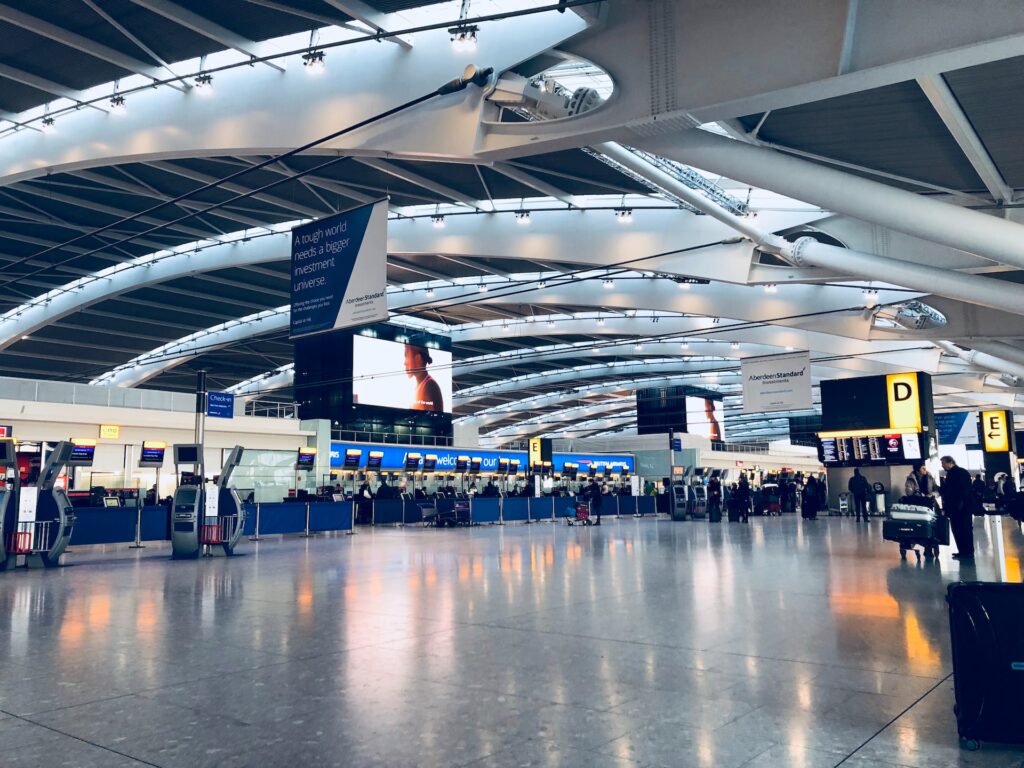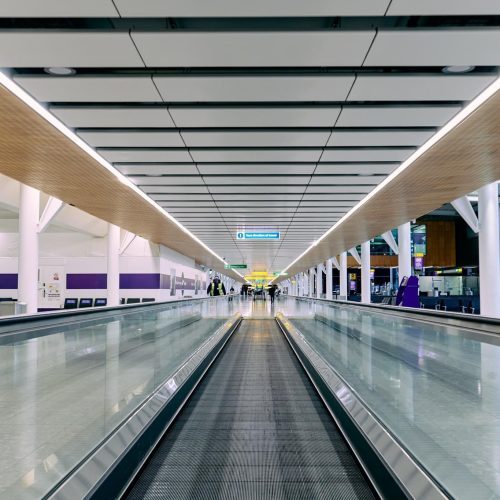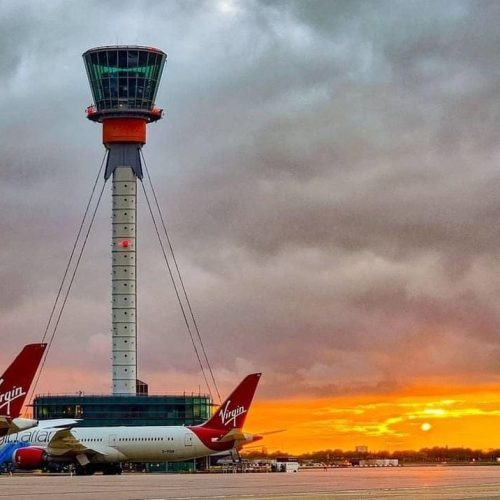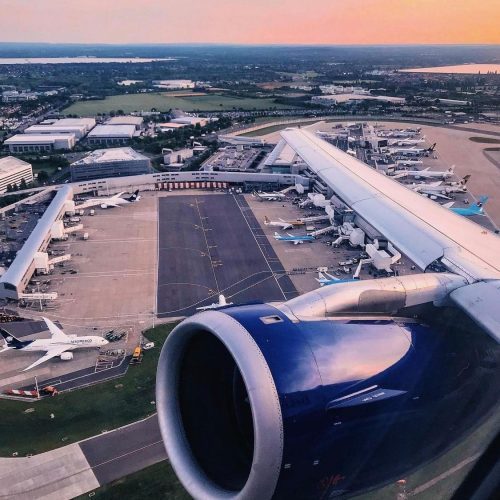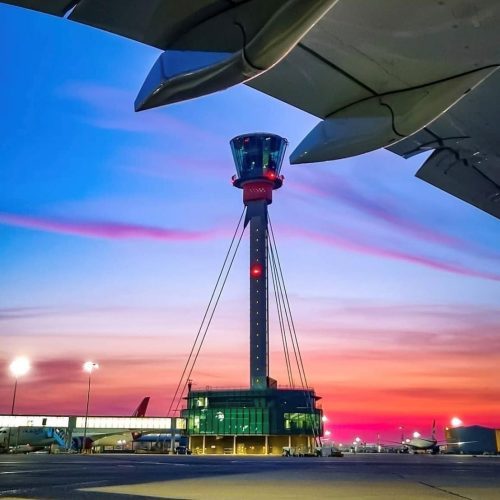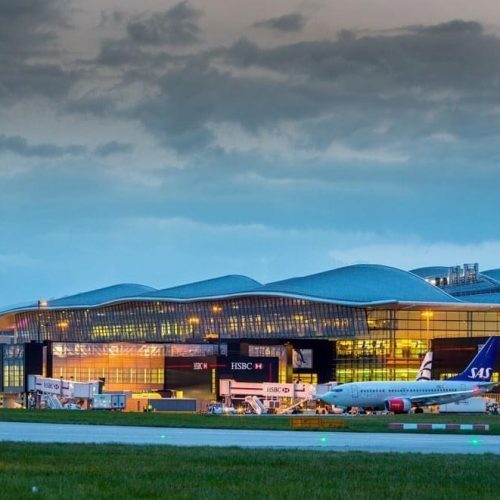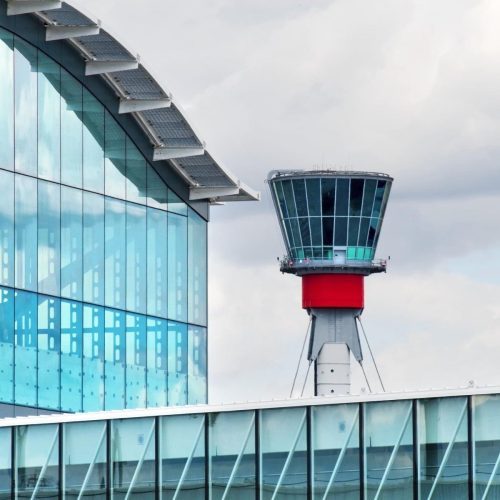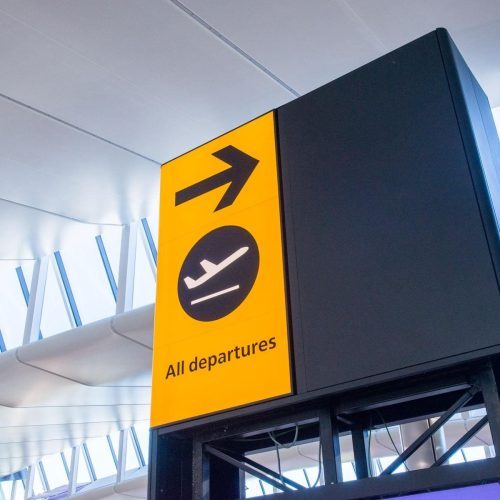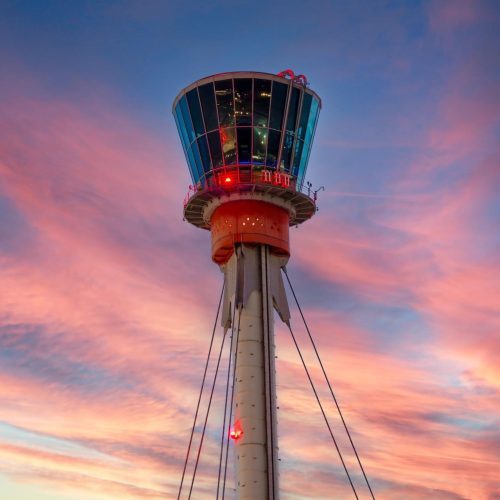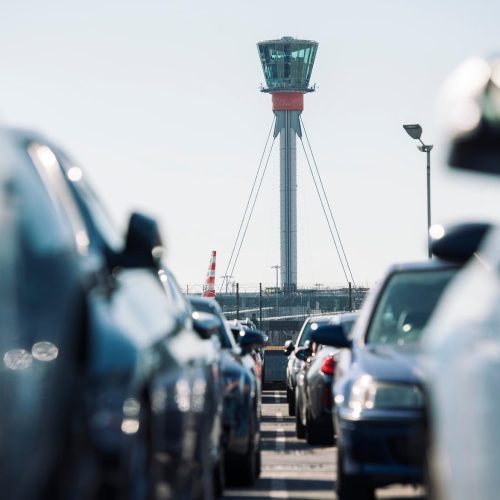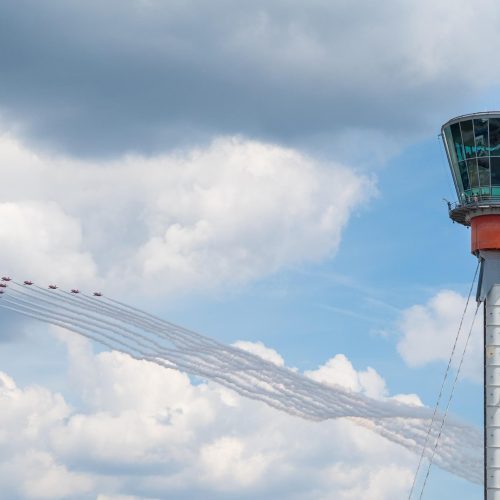The link between airport transfers and journeys came out prominently to me as a frequent traveler and transport professional. I am glad to reveal my thoughts about Heathrow International Airport and how 365 Transports improves the travel experience at this busy stop for passengers.
Heathrow: Global Gateway
The airport of Heathrow International is known as one of the most congested airports in the world and has been of crucial importance in linking the United Kingdom with the rest of the world. It is situated in a perfect spot with state-of-the-art infrastructure where Heathrow can process millions of passengers on an annual basis, adding to its status as the linchpin that holds international travel.
Key Features of Heathrow Airport
- Four active terminals (2, 3, 4, and 5) with all the latest amenities
- A vast network of connections reaching out to more than 200 destinations in the world
- Modern and efficient security measures for passenger safety
- A whole host of shopping and dining venues
- Quick transportation choices to central London and beyond
The Importance of Reliable Airport Transfers
One of the problems at Heathrow lies within the departure and arrival issues of people that cause stress for them, even though in many respects the airport is excellent. 365 Transports helps travelers in this process by giving them a quick, seamless, and comfortable transfer.
365 Transports: Elevating Your Airport Transfer Experience
As a representative of 365 Transports, I am happy to inform you that our services match the first-class facilities of Heathrow Airport:
- Professional and experienced drivers who are well acquainted with the Australian road network
- A fleet of vehicles is always being maintained properly
- 24/7 support for any questions that may arise round-the-clock
- Price competition with the lowest price guarantee
- Bespoke online e-booking, email booking, or our 24-hour call center for everyone
- Separate response for singles, families, and business clients
Our Journey and Growth
We have been able to develop from a mere 3 cars in Telford in 2020 to be called one of the top private hire Taxi suppliers in the country. The fact that we managed to give a more personal, professional, and high-quality service has been the main reason for our success.
What Sets Us Apart
- Established contracts with major hotels, schools, and corporate businesses
- A style of operating unseen before in the Private Hire industry, professionalism in all respects
- Payment variety: account, cash, and major credit or debit cards
- Prices have not been so competitive in the market before.
- A comfortable and premium fleet
- 24/7 personal support team
Enhancing Your Heathrow Experience
When you choose 365 Transports for the transfer of your Heathrow airport, you are ensuring a good start or a smooth end to your journey. Our services are compatible with those at Heathrow, and they help to transition smoothly between the airport and your destination.
Conclusion: Your Journey, Our Priority
Heathrow International Airport is the anchor hub for global travel audiences, and 365 Transports makes your airport transfer one of the good travel elements. We are committed to maintaining the highest standards so that your journey with us truly remains one of life's great constants.
If ever you want the best transfer to Heathrow, deserving to be efficient, comfortable, and stressless, then think over 365 Transports. Reserve from us and let the difference an expert and unique service gives to the arrangement of your trip be sensed by you.
Frequently Asked Questions About Heathrow International Airport
1. How many terminals does Heathrow Airport have?
Heathrow Airport presents four active terminals that you can choose to travel with. The airport is liquid, and there are Terminals 2, 3, 4, and 5 that travelers can wave with.
2. What's the best way to travel from Heathrow to central London?
Needless to say, the quickest way to central London from Heathrow is the Heathrow Express train, which takes only 15 minutes to Paddington Station. Others try some other London Underground (Piccadilly Line); besides that, they use National Express coaches; then a taxi will be more convenient; bond them and enter, such as, for instance, providing 365 Transports with further the hiring process Maybe liking the way drivers can take them to their destination in no time.
3. How early should I arrive at Heathrow for an international flight?
The evidence collected for international flights showed that it is advisable to be in the airport not less than 3 hours before your flight visa processing starts. This time is meant for check-in, the security check, and going through the terminal. Specifically, during the time of major holidays, think of coming even earlier. This way, it is hoped that you will have passed through the airport by the time of boarding.
4. Does Heathrow Airport offer free Wi-Fi?
Yes, it has. Internet connection will be the best option for your free time staying at the airport. You can use the "Heathrow Wi-Fi" network to connect to all terminals. The service is accessible the whole day and without limit at the whole airport, including departure lounges, eateries, and the gates.
5. What dining options are available at Heathrow Airport?
Besides all that, I would say one of the main selling points of the airport is the wide range of dining options that are present in its terminals. There is a maintained and licensed food service at the airport that will be serving you great meals. You will also visit common chains such as Pret A Manger, Starbucks, and maybe celebrity Tacos and Rodeos whose restaurants serve celebrities like Gordon Ramsay and Heston Blumenthal.
6. Is there a hotel at Heathrow Airport?
That was a materially experimental question. It proved that the place has a couple of good Hilton and non-standard luxury hotels. A stay here typically begins with the chauffeur picking you up and thereafter the rest of the time is in the hotel room.
7. How can I book a taxi from Heathrow Airport?
If you want, you can even book taxis from Heathrow Airport by other means, like 365 Transports. They give you the option for online booking, email reservations (at Accounts@365transports.co.uk), as well as a 24-hour call center. You can also avail of licensed black cabs at the marked spaces outside the terminal.
8. What's the fastest way to transfer between terminals at Heathrow?
The top line to switch among the various terminals at Heathrow Airport is making use of the free train service. The service is sold in the way that the Heathrow Express and TfL Rail services are neighboring for Terminals 2, 3, and 5. For Terminal 4, a free shuttle bus is available at Terminal 2 and Terminal 3.
9. Does Heathrow Airport have luggage storage facilities?
The store has got to excess baggage. Heathrow Airport offers bag storage in all of its terminals. Excess Baggage provides an all-day luggage depot, available 24/7, which is intended to store suitcases for a few hours or even days.
10. What shopping options are available at Heathrow Airport?
All the terminals of the airport present a wide-ranging shopping list. Every terminal can be found in extravagant shops, duty-free stores, booksellers, and technology stores. Extraordinary places are Harrods, Burberry, World Duty-Free, and WHSmith, among others. Thus, one can collect goods in one place and collect them in another.

